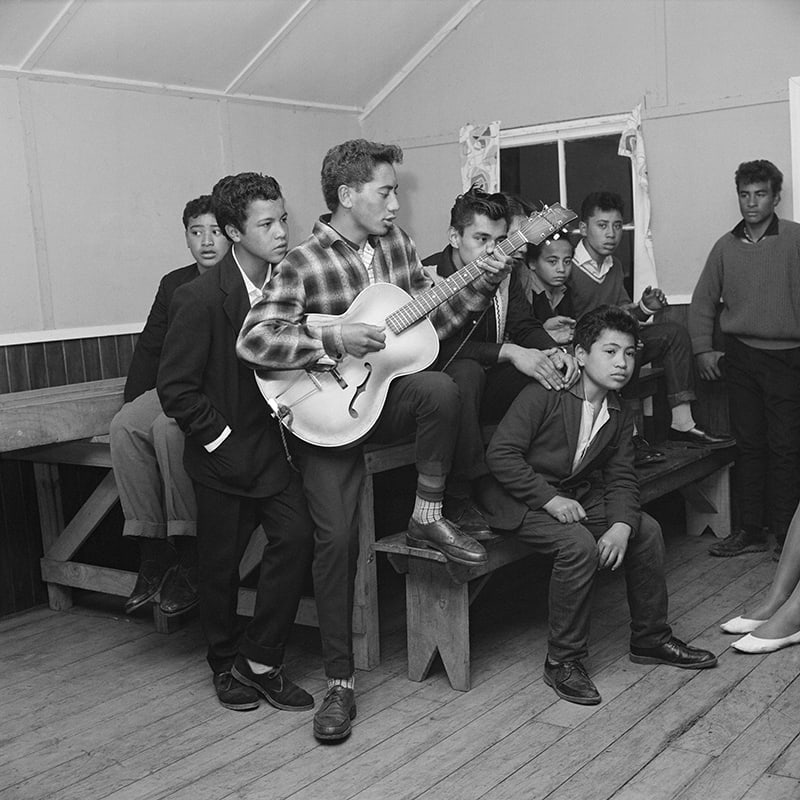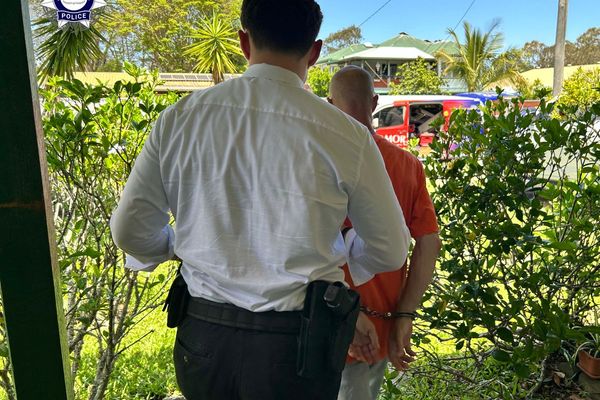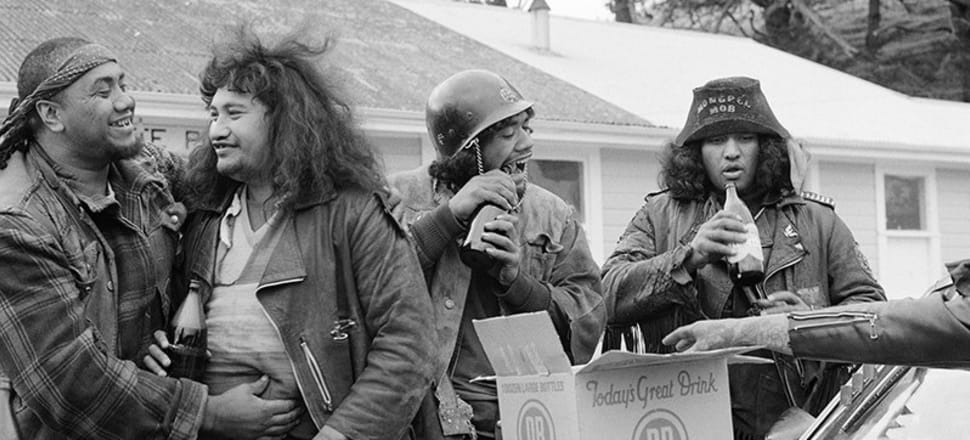
Ans Westra, author (1936-2023)
Only three weeks before Ans Westra died on Sunday, February 26, I came across a copy of her peculiarly sized little 1972 classic book of documentary photos Notes on the Country I Live In with text by James K Baxter and Tim Shadbolt, and bought it for $30 from that irresistible second-hand bookstore Dominion Books in Herne Bay. It's a strange book, a relic from a time of white rule and the colonial dream beginning to crumble, of new ways of living, of the first wave of really good drugs. Westra documented it in black and white, a street photographer wandering along Cuba St in Wellington and Queen St in Auckland, also a roving correspondent in the sticks at A & P shows and saleyards. Tim Shadbolt, then a spokesman for social protest, contributes a sweet, glib, muddled introductory piece on the changing face of New Zealand ("Today there seems to be crowds of people everywhere. But within those crowds are a lot of lonely people"); Baxter reports from Jerusalem, and inbetween windy sermons ("When I think of my country, I think of the cloud of pain that presses down on the spirits of her people") he provides a few lines of poetry which give a nice quotidian portrait of commune life:
Now we are short of meat, but up the path
Don comes carrying a goat on his shoulders
...Francie takes a bath in the tub in the other room,
And the dinner was good - half a goat's heart, a kidney and one testicle
With cabbage and soya beans.
The best reporting comes from Westra.
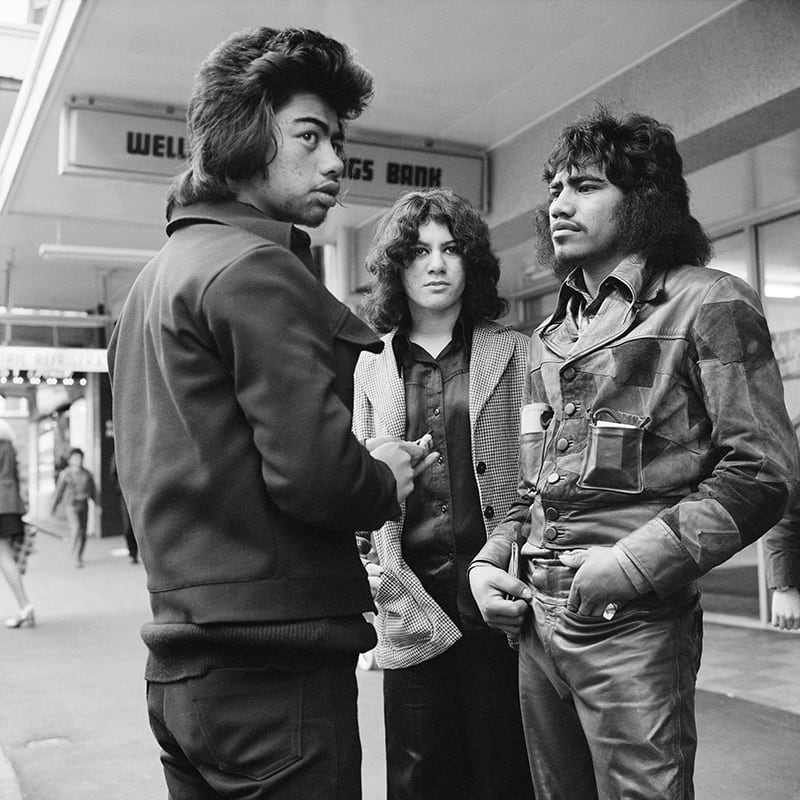
The only writing she provides are the list of captions at the back of the book. "Old people's blind son, Hamilton." And: "Plywood factory, Auckland." Also: "Watching a Miss New Zealand parade, Cuba Mall." There are no important messages, no boring sermons; it's straight documentary, notes in the margins of the country she lived in.
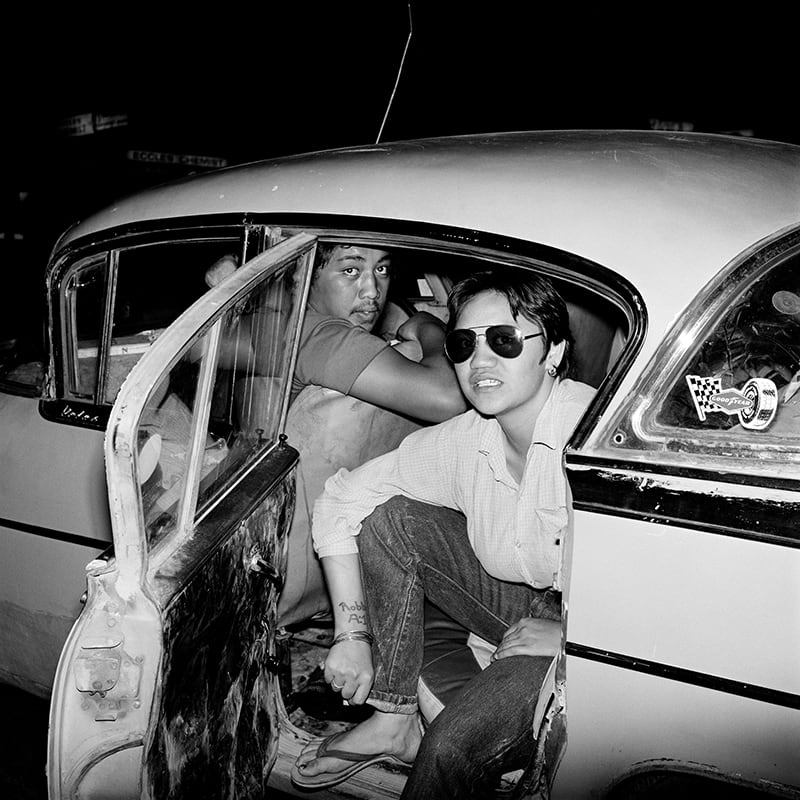
Westra also photographed Māori in the country she lived in. That was always going to be complicated and her death is a reminder that a few years ago someone graffitied #LANDBACK at the Suite Gallery where her works are held. Anyone who takes photos is taking something and there are inevitable issues of appropriation in her taking photos of Māori, and pinning them in books or on gallery walls as souvenirs of the white gaze. On the same day she died, Scott Hamilton published a fulminating thread on the Twitter machine, despising Westra's 1964 book Wash Day at the Pa: "Westra misrepresented the poverty she found there as noble simplicity....Westra had taken her images and run....Westra saw the people in Wash Day at the Pah as uncorrupted by modernity, & uninterested in competing with Pakeha economically or politically. The term hippy was not current in '64, but it describes her vision of rural Maori well." Hamilton is the author of wonderful enthnographica such as Stolen Island but he can be patronising, dictatorial. He scolds: "Too many of her photos suffer from sentimentality." Is this what you're seeing in this spread, in her photos of Māori in 1962, 1974, 1983? The women in the Wairoa photo look as though they're trying to avoid Westra more than the boys leaning against the wall.
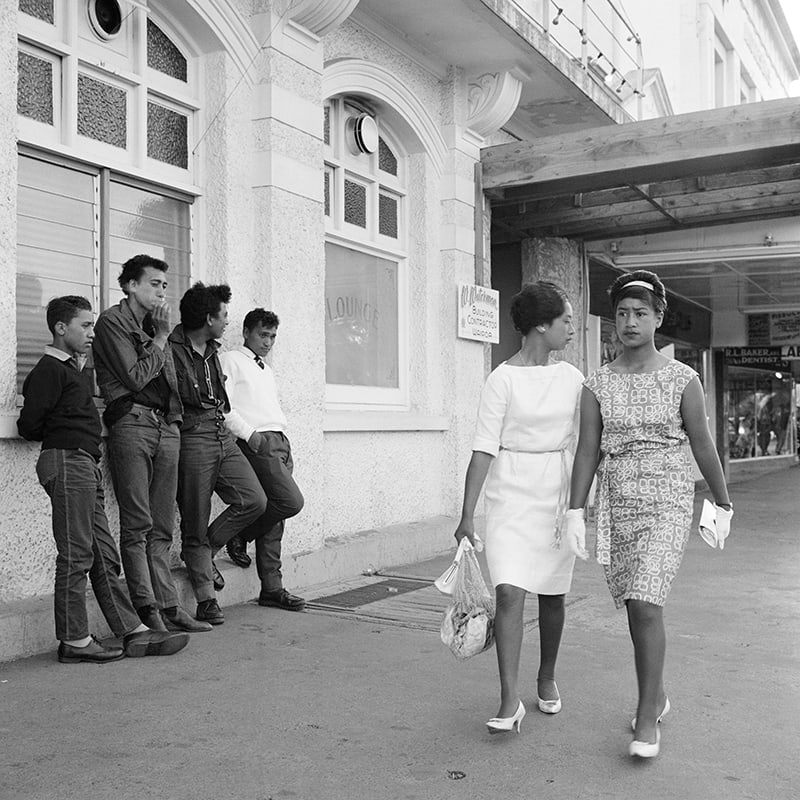
There's been a bit of a backlash to Hamilton's thread, and also some support. "I take encouragement from the fact that Melanie Tahata, who is near the centre of what seems to be an explosive art scene in Turanga, shares my misgivings about Ans Westra's work," he commented, with not atypical pomposity ("I take encouragement"). Tahata had made an interesting remark: "Lots of conservative people like her, Pakeha, Maori hoki. As soon as I saw she died I saw all the try hard noble eulogies coming out." Whitey always has a special place in the heart for white documentarians of Māori.

But there are Māori, too, who have a special place in the heart for Westra. Talia Marshall wrote a very Talia Marshall essay - that is, most everything she writes flows on a river of genius - about Westra for City Gallery Wellington a few years ago. The essay sometimes reads like an argument she is having with herself. She writes, "I am suspicious of her career built on images of Māori, because we have proven to be such a cheap date and Westra used her vulnerability—whether she was conscious of it or not—to engage with us, as much as any mandate for mahi from the Department of Education. And her gaze is not the same as ours." She uses the same word as Hamilton to describe her favourite photos of by Westra: "sentimental". She means it as a compliment, though, and continues, "They are such intimate, natural images, but how did Ans Westra get so close to us? The New Zealand she arrived to in 1957 was socially segregated by geographical and political factors, into white and brown. But this was on the cusp of change, as Māori were moving from papakainga and smaller towns into the city. Ans became enamoured with a Māori family over the fence in Auckland, who were part of the new urban migration to the cities. Her Eurocentric gaze noted how free, natural, and spontaneous they seemed, compared to her own reconstituted family, and her camera started seeking us out....Tall and stooped, with her camera at waist level, she would have seemed strange to Māori at first. This wasn’t the usual Pākehā behaviour for a woman. And they would invite her in, because anything could happen to her out there. And children are often curious about a camera and would have been her first point of access, I suppose, it’s canny of her really to shoot from the hip. "
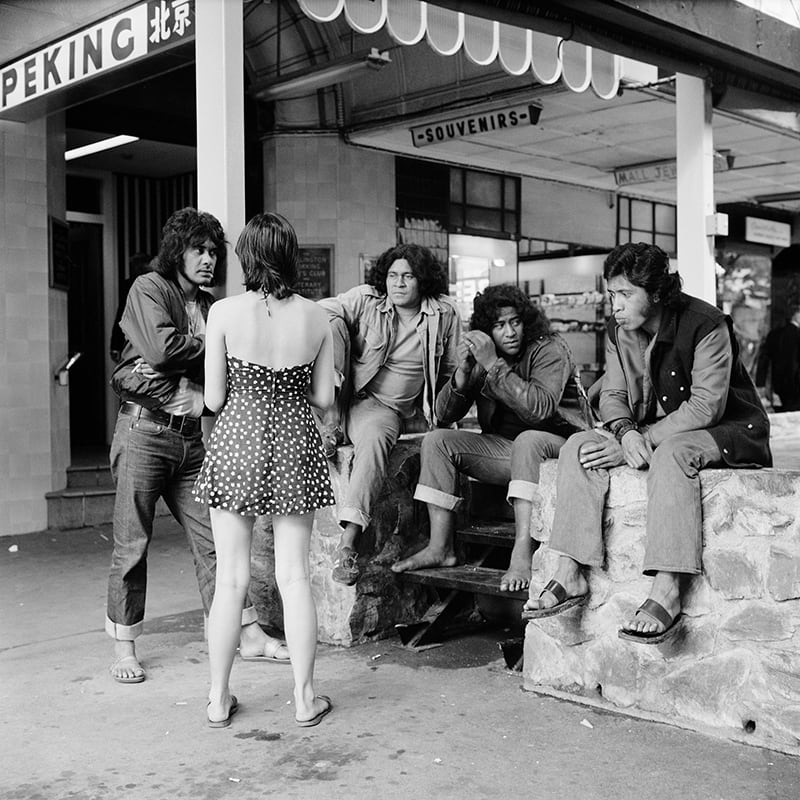
There's a kind of blandness to the photos in Notes on the Country I Live In. There isn't a lot of artistry; she was no painter of light, no poet of people's faces. It's photojournalism, postcards of people and places on her wanderings through two narrow islands in 1971-72. There are the hippies, the potters, the woodchoppers, the roadworkers, the alcoholics, the farmers - and there is a handsome young guy picking apples in a photo captioned, "Beeville Commune, Morrinsville." Beeville! This was the famous commune founded by two brothers, Ray and Dan Hansen. Richard Von Sturmer takes up the story in the manuscript for his roadtrip book Walking with Rocks, Dreaming with Rivers: My Year in the Waikato, due to be published later this year: "Beeville was self-sufficient, growing fruit trees and producing honey. During its forty years of existence, it generated considerable notoriety in the Waikato region. Its members were vegetarian in a land of meat-eaters, and Ray lived with two women, Alice, his wife, and Anne. Together they bore him fourteen children." Beeville was wound up in 1973. Westra went there in its dying embers. As ever, she was a curious and gentle onlooker, recording New Zealandness without comment. You wouldn't even know she was there.
